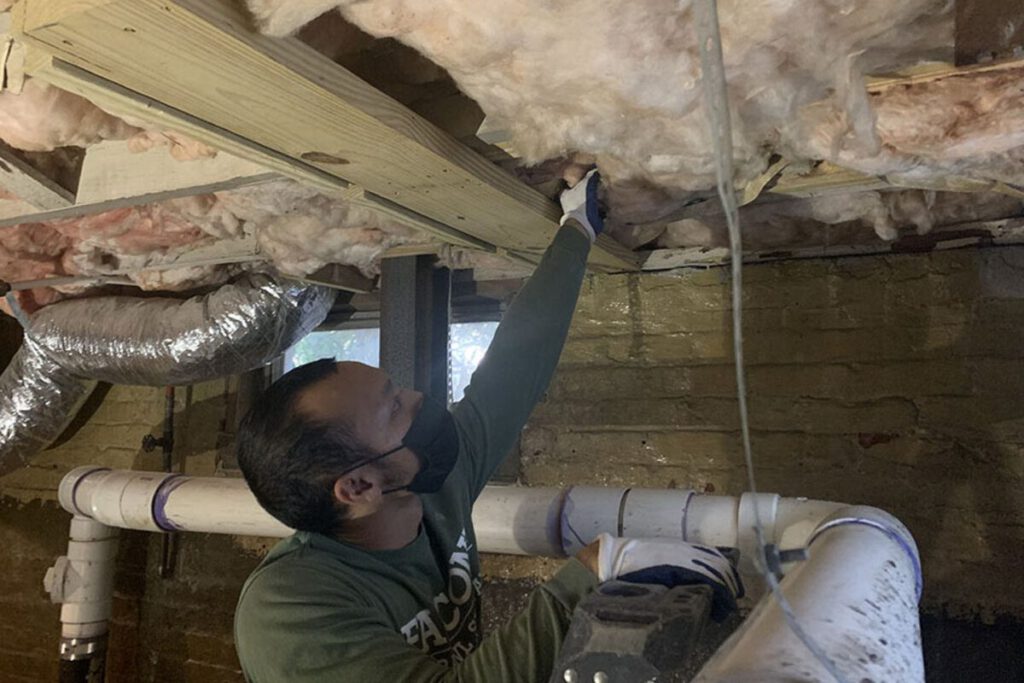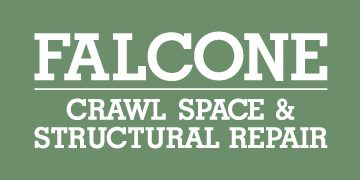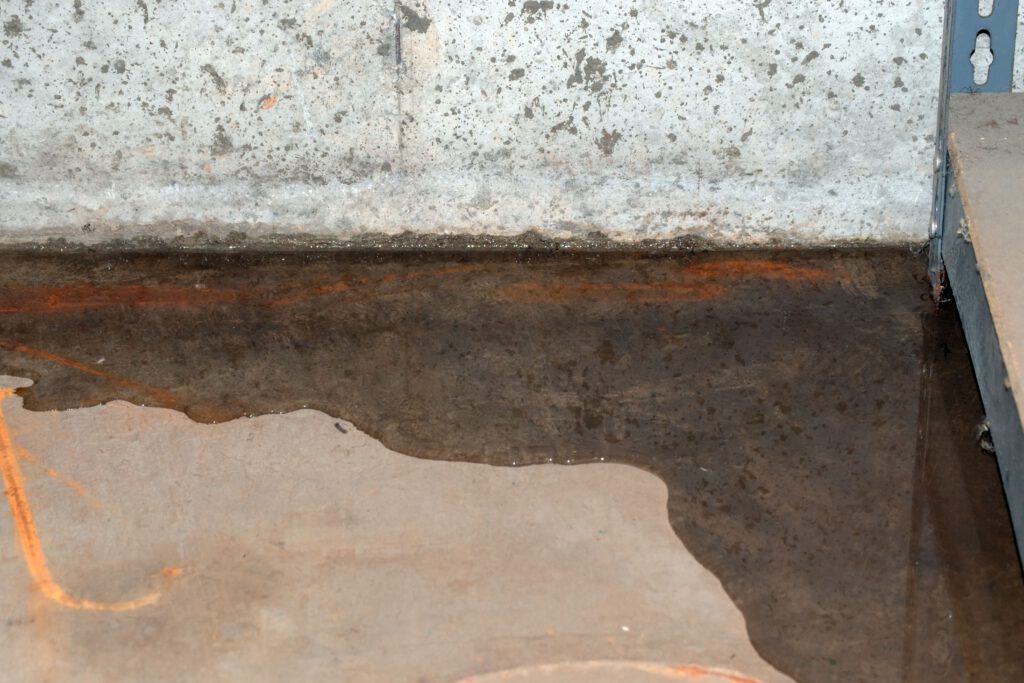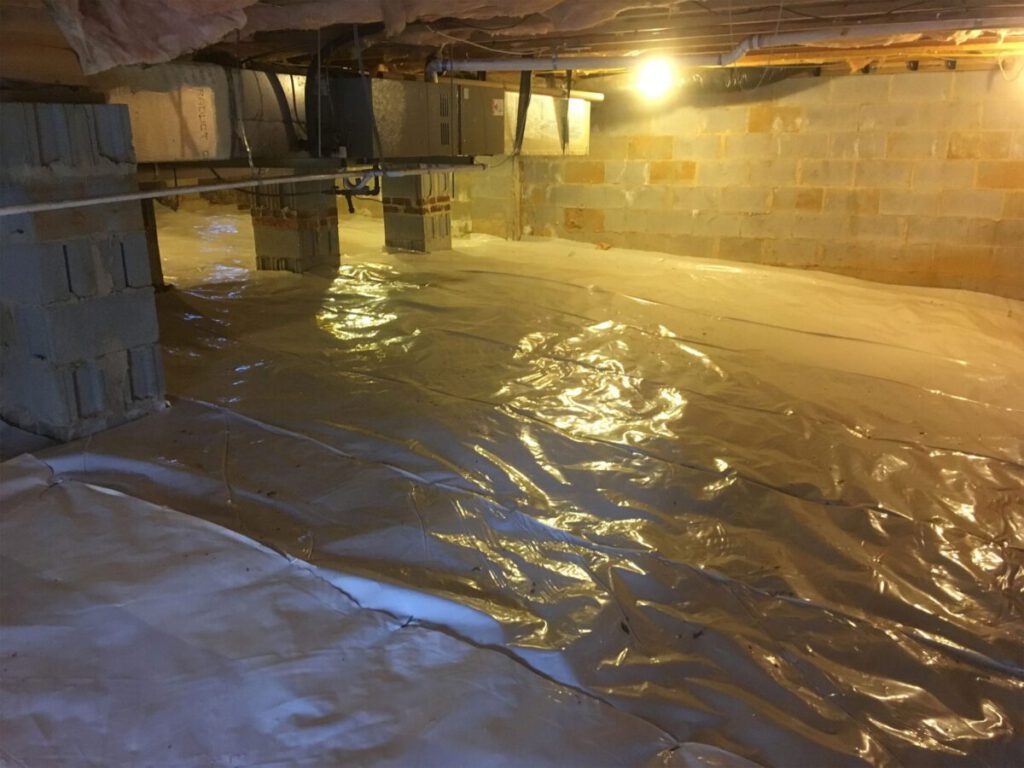What’s the Difference Between Crawl Space Encapsulation and Ventilation?

Understanding the difference between crawl space encapsulation and ventilation is important when you need to do something about crawl space moisture. Should you go with the option of removing moisture through ventilation or go with encapsulation, which involves sealing your crawl space?
Moist crawl spaces can cause wood rot, which leads to structural damage, as well as:
- Fungus
- Mold
- Pest infestations
- Poor indoor air quality
Leaving moist crawl space issues unresolved is a poor choice for your home’s structural integrity. The good news is that you have options that will protect your structural integrity. Read on to learn about choosing between encapsulation and ventilation.
What is Crawl Space Encapsulation?
Crawl space encapsulation involves using water vapor barriers, water removal devices, and sealants to seal a crawl space against moisture. Water vapor barriers take the form of heavy plastic sheets that seal out moisture. Encapsulation keeps water in the soil and out of the crawl space.
What is Crawl Space Ventilation?
Many home builders have decided to use ventilation as a way of keeping excess moisture out of crawl spaces. Grates have historically been a popular ventilation solution. Other newer solutions offered by many crawl space contractors include fans and dehumidifiers.
How Do You Choose Between Crawl Space Encapsulation and Ventilation?
Both crawl space moisture solutions offer advantages and disadvantages. The choice that you make could impact your home’s air quality and other factors. Here are some important things to consider when deciding between crawl space encapsulation and ventilation:
Advantages and Disadvantages of Crawl Space Encapsulation
Encapsulation is the most popular means of sealing moisture out of a crawl space. In fact, it has become the preferred means of controlling crawl space moisture. Considering the pros and cons is vital when making a decision.
Encapsulation is the most effective way of sealing humidity and moisture out of crawl space areas. Another advantage of encapsulation is seeing lower cooling, heating, and overall energy costs. You will also be able to seal pests out of your crawl space more effectively.
Advantages and Disadvantages of Ventilation Systems
Ventilation systems can play a vital role in keeping excessive moisture out of your crawl space. However, the ventilation system you choose might impact how much moisture gets removed from the crawl space. Some systems have a greater effectiveness rate than others.
Ventilation systems have a lower overall cost than encapsulation, which is attractive to homeowners who want to save on their costs. These systems will block out some of the moisture, which will prevent damage and keep things in your home more comfortable.
A downside to this option, though, is that in areas with humidity levels like North Carolina’s, ventilation systems might not keep the moisture out as effectively as encapsulated crawl spaces. This estimate is based on data from Advanced Energy and the Environmental Protection Agency (EPA).
Crawl spaces with ventilation systems have lower air quality than encapsulated crawl spaces. There is also usually a higher relative humidity level (RH). Although you’ll save money, you might have to sacrifice air quality.
One of the best ways to determine what your crawl space needs for moisture control is to have a crawl space contractor perform an inspection. Once you’ve had your crawl space inspected, you’ll have a better idea of which options will work best in your situation. Investing in your crawl space means investing in your home’s overall well-being.
Falcone Crawl Space handles crawl space encapsulation and ventilation; contact us today to learn more about the options available.


